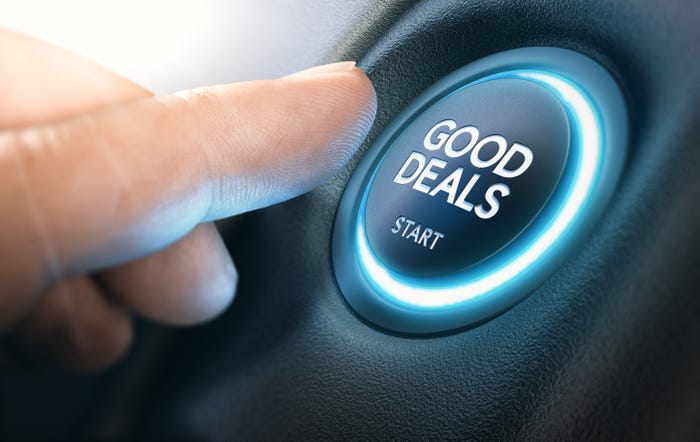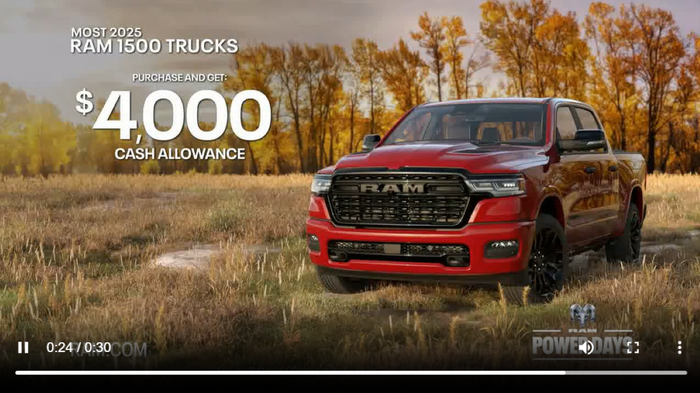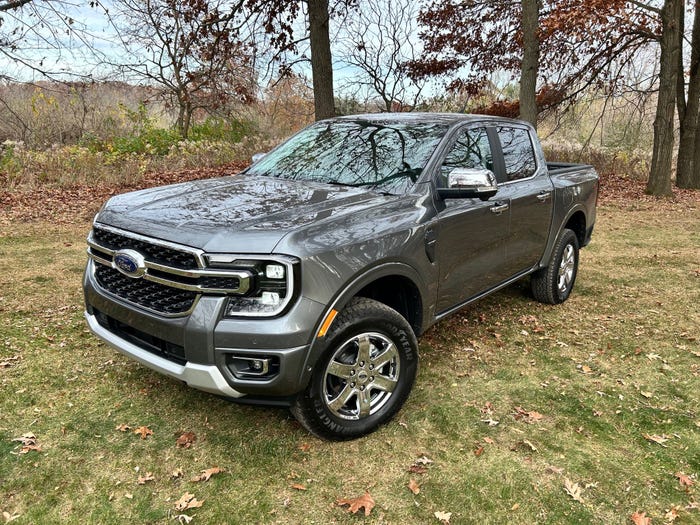New E-Class built with cost in mind
STUTTGART -- Search beyond the distinctive four-headlamp front end and you'll discover that Mercedes-Benz AG's new E-Class -- scheduled for launch this month -- heralds a second, even more significant revolution from the world's oldest carmaker.This E-Class is the first model Mercedes has ever built to a clearly defined cost target. Previously, engineering-dominated Mercedes simply didn't rank development
June 1, 1995

STUTTGART -- Search beyond the distinctive four-headlamp front end and you'll discover that Mercedes-Benz AG's new E-Class -- scheduled for launch this month -- heralds a second, even more significant revolution from the world's oldest carmaker.
This E-Class is the first model Mercedes has ever built to a clearly defined cost target. Previously, engineering-dominated Mercedes simply didn't rank development or production costs as serious priorities. The engineers believed they had to build the best cars in the world, no matter what.
Mercedes still wants to make the best cars, but fast rising costs and strong competition from BMW AG, Toyota Motor Corp.'s Lexus Div. and others forced a total re-evaluation of design, engineering and manufacturing processes, and the much-discussed move into previously ignored classes.
It was determined that the 1995 E-Class should cost 5% less to manufacture than the existing model. Three times through the '90s these targets were reduced (the last only 18 months ago). Now, despite increasing equipment levels, the E-Class is 20% cheaper to build than the previous model.
Mercedes had other goals beyond reduced production costs and distinctive styling for the new car. It wanted to maintain weight levels, despite increases in virtually every important dimension and enhanced safety and equipment levels; aimed at a 5% reduction in fuel consumption; proposed a lower drag coefficient and rolling resistance; increased comfort; improved active and primary safety and developed better handling.
Figures suggest weight savings are minimal. But Mercedes says that the bigger, still all-steel, body-in-white would weigh 66 to 88 lbs. (30 to 40 kg) more if new techniques hadn't been successfully applied.
Of nine engines only two are new, a bored-out 2.3L gasoline 4-cyl. and a new direct-injection turbodiesel that uses an old block. Early next year there'll be a E50 AMG successor to the E500, but Mercedes' new range of modular V-6s and V-8s don't arrive until early in 1997. All engines boast up to 48% reduction in emissions by using new materials for the exhaust manifold and catalytic converters.
E-Class station wagon versions are scheduled for the second half of '96, the coupe the following year. Presently there are no plans to replace the cabriolet. An all-wheel-drive version is due in 1997.
Mercedes' new electronic 5-speed automatic transmission is reserved for the E420, at least until the new vee-engines are launched. The existing 4-speed automatic is offered on 6-cyl. models (it's standard on the E320). The hydraulic 5-speed is optional on both sixes, but not yet on the fours -- giving BMW and Audi a clear marketing advantage in countries where automatics rule.
There is one other revolution in the E-Class that serves as a symbol of the overwhelming changes that have gone on at Mercedes: Open up the center arm rest and you'll find two cup holders. Says one insider: "For two years this has been the most important discussion at Mercedes."
You May Also Like



